Introduction
The whole world is reeling under severe health and economic crisis under COVID-19. It has affected more than 190 lakhs people of about 213 countries or territories and claimed nearly 7.12 lakh lives till 6th August 2020. The virus presently causing COVID-19 (Coronavirus disease 2019) is severe acute respiratory syndrome coronavirus 2 (SARS-CoV-2). It is a large single stranded RNA virus of about 30,000 base pairs belonging to Coronaviridae family. Coronavirus was named by Junes Almeida and David Tyrell, as it has spikes over its cover known as capsid resembling that of the Corona of Sun. The virus after first being reported from Wuhan has spread throughout the world causing this pandemic situation. Its genome has about 77.5% resemblance to the SARS, but 96% resemblance to one strain found in bats. Thus, there is a speculation that the virus strain has its origin in the bats.
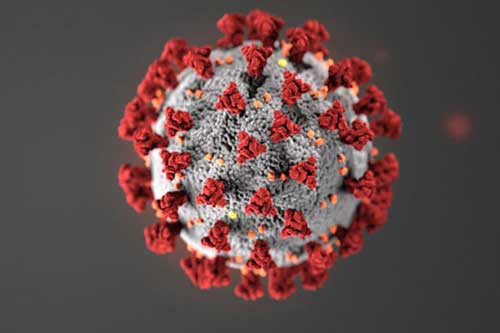
Corona and livestock
Coronaviruses are of four Genus, namely Alpha, Beta, Gamma and Delta-coronavirus. Generally, human afflictions are caused by Alpha and Beta-coronavirus strains like Severe acute respiratory syndrome (SARS), Middle East Respiratory Syndrome (MERS) and present COVID-19. In young poultry birds, infectious bronchitis is caused by a Gamma-coronavirus, whereas, cows are affected by Beta-coronavirus strains. However, pigs are affected both Alpha and Delta-coronavirus strains. The reservoirs for Alpha and Beta-coronavirus are bats, whereas, birds act as reservoir for Gamma and Delta-coronavirus. While infecting human being and birds’ respiratory tract is mostly involved, but in cattle and pigs, the young ones suffer from diarrhea. Recently, COVID-19 positive cases have been reported from cats, dogs, lions and tigers. This might be attributed to their proximity to corona positive human being. Scientific opinion varies in terms of susceptibility of animals to COVID-19. Cats, lions and tigers are more prone to catch COVID 19 (SARS CoV-2) than dogs, but no case in cattle or pigs have been reported till yet. So, corona positive persons should keep social distancing from their pets. Thus, it seems clear that livestock are not associated with the present COVID-19 and milk, meat and eggs are free from this virus. However, adequate care, hygiene and social distancing norms should be followed while selling or purchasing any food items, irrespective of animal origin or not and properly cook before consuming them. It reduces the chance of infection as the virus mainly spreads through contamination by sneezing, coughing or any other mode of aerosol or secretions from COVID-19 positive person.
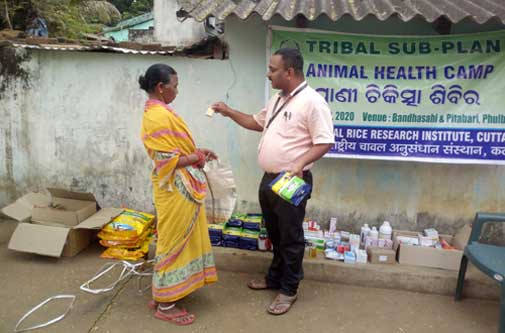
Housing and cleanliness
Keep the shed clean, dry and well ventilated for proper passage of air and sun light. The shed should be cleaned using lime and bleaching powder (5:1) or any good disinfectant while walls need lime painting minimum twice a year. Keep provision of a footbath or put lime near the entrance. While taking to grazing always maintain social distancing norms, wear mask and prefer grazing lands away from populated areas. In extreme heat condition, care should be taken to provide them with shade and graze them in morning and late afternoon. The roof and wall of the sheds should be repaired or properly thatched with straw to protect the livestock from hot sun and rain. Keep the livestock indoors at time of rain and never tie them below trees to avoid lightning and thunderstorms. Hands should be washed before and after handling livestock for at least 30 seconds.
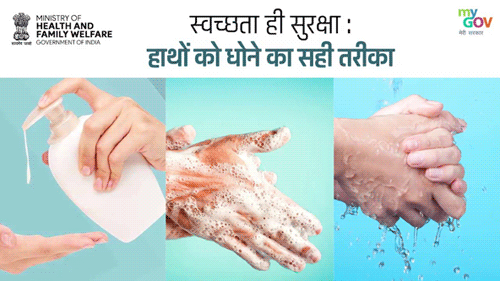
Feeds and feeding
The corona crisis has resulted in lockdown and which in turn restricted production and movement of essential communities like milk and feed. Though Centre and State governments have tried to put everything in order, selling of milk and milk products has been reduced by about 40 percent and feed production in most of the plants is either scaled down or stopped. This has resulted in shortage of feed. As milk sale has decreased many of the farmers are having problem to feed their animals. In these conditions, if the animals are not fed properly, not only the present milk yield, but also the subsequent ones will be affected. So first of all, offer plenty of clean and wholesome water for drinking. It will ensure proper secretion of saliva, maintain rumen pH for effective rumen fermentation and aid in rumination and chewing. If market feed is not adequately available, add the locally available ingredients like rice bran, wheat bran, chunies, oil cakes and maize in addition to available green fodders and dry roughages. Mineral and vitamin mixture should be offered at a minimal dose of 25-30 g for low yielders and 50-60 g for high yielders, which will keep the production potential and health near optimal level, in absence of balanced feeding.
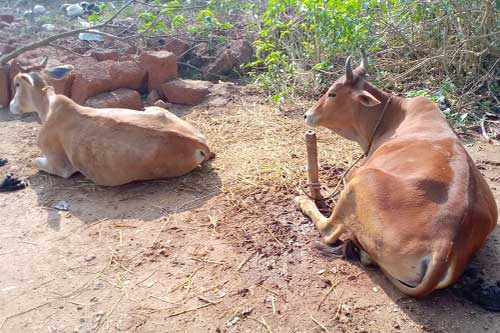
If feed is not available, chief district veterinary officer should be contacted and arrangements made for procurement of feed. If feed shortage is very high, then the animals should be fed preferentially in the order of lactating animals, pregnant cows, calves, working animals, dry cows, non-working bullocks and stray bulls. While feeding, offer any new feed or feed ingredient in increasing amounts in a gradual manner. Otherwise, the animal may reduce or stop feeding as in cattle microbes are part of the ruminal fermentation process which dominate ruminant feeding behavior. Never feed left out rice, polao or biryani to adult cows, bulls or bullocks as it will impair their digestion process and may lead to death due to acidosis, impaction or bloat. This situation is being faced mostly for stray bulls, bullocks and cows who may feed the leftover of hotels or food offered to the dogs.
Milking and marketing
Milk should not be left out in the udder for an excuse of not offering enough feed, except if it is offered for calves. Milking should be complete and should be completed within 7-8 minutes. If not completed within the time then animal may retain some amount of milk which helps in increasing the probability of mastitis and even lead to reduction in production and productivity of the animal. While milking it is good to offer feed or straw or grass to the animal as the animal my lay down after milking. It will expose the teat canal to environmental microbes and cause infection in udder as teat canal remains open for 15-20 minutes after milking. It helps in reduction of udder infection. If milk selling is a problem try to feed first our own family and sell the rest by making value added products like paneer, chhana, ghee and dahi etc depending upon the need of the locality. As these are highly nutritious foods, they will help to improve our food and nutritional security.
Disease and treatment
As COVID-19 is not going to leave us in a short time, we have to learn to live with it and try to follow the routine animal husbandry practices like artificial insemination, deworming and vaccination. Presently, vaccines for FMD, BQ, HS and brucellosis are being given as per the locality. Local veterinarian or livestock inspector may be contacted in case of any disease, problem or infection observed in livestock. If the problem is minimal, it should be resolved by either using voice call or WhatsApp. In serious cases visit of local veterinarian should be called for. However, social distancing and personal hygiene must be maintained while doing any of these works.
Special hygienic measures for COVID-19
As corona cases are increasing more and more in an alarming rate, we should follow standard health and hygienic practices as advised by Government of India and World Health Organization, Rome. While approaching any person we should maintain minimum safe distance of 6-8 feet and wear a mask every time we venture out of home. While talking or doing any work we should not remove the mask either in full or partially, otherwise infection chance will be more. The utensils and dresses used should be washed with detergent every time after use. If any person in home develops sign of cough, sore throat, difficulty in breathing or symptoms of cold, then they should be replaced by any other member of the family. Corona infected person should not take care of the animals, most particularly milking should not be done. While purchasing feed, doing work for fodder cutting or cultural operation, chaffing or selling of milk and milk products, please maintain safe distance along with wearing mask and washing hands for about 30 seconds with soap and water. If not available then use alcohol based sanitizers. After washing clean your hands and air dry. So adequate cleanliness and hygienic practices will keep us away from corona.
Concluding remarks
We should not get panicked and sell animals at throwaway practices. As the situation is prevalent globally, the feeder of the people of World, should proudly and patiently fulfill their duties of maintaining food and nutritional security. As this is a pandemic situation and whole world is reeling under COVID-19 calamity, we never know the future. We should face it bravely. The livestock care and management should be proper and standard hygienic and safety measures should be taken for corona prevention.




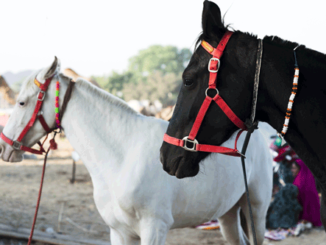
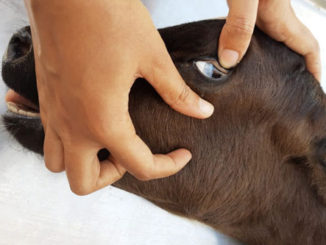

Very good article and well explained…👍👍👌👌
Yes, @Dr Ranjit, plastic egg issue is needed to be addressed. We will take up the issue
Sir
Namaskar
In Kandhamal lot of complain on egg quality.People nd social media telling for plastic egg.so what to do what test to be done in field.for betterment of people
impressive explanation